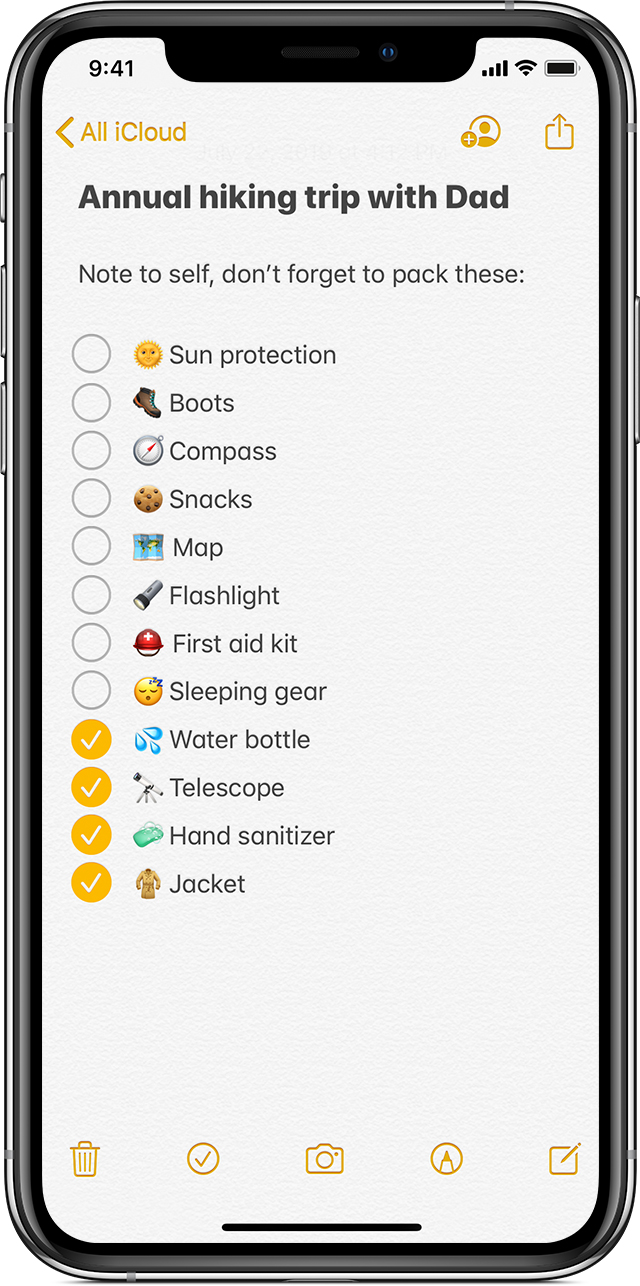
Time management is a skill set not many are naturally talented at but it yields greater results than crossing your fingers and hoping you get everything done on your to-do list.
Entrepreneurs in particular are subject to having 500 projects, all half-finished, running at the same time because delegating time, energy and prioritizing tasks can be a challenge.
(More challenges: Congress Challenges Big Tech here)
The ability to self-direct is another talent that doesn't come naturally to everyone, let alone those brave enough to quit the 9-5 to start and run their own company.
You need two skillsets to be effective: time management & task management
According Journal of Universal Knowledge Management:
"Task management is the process of managing a task through its life cycle. It involves planning, testing, tracking, and reporting. Task management can help either individual achieve goals, or groups of individuals collaborate and share knowledge for the accomplishment of collective goals
Tasks are also differentiated by complexity, from low to high. Effective task management requires managing all aspects of a task, including its status, priority, time, human and financial resources assignments, recurrence, dependency, notifications and so on."
I thought I'd share some effective time management tips with you on today's blog, from trusted sources, because, well, uh...we are all managing our own time now working remotely due to C19.
From Entrepreneur.com:
Break Down Your Activities Into Simple Problems
"Utilizing your consciousness requires more energy and can be avoided by simplifying your problems. Excellence in time management revolves around establishing a process and breaking it down into small, atomic operations that are easy to grasp and don’t require intensive resource consumption."
The idea is that you develop your own process that is generally the same for handling new activities or problems, but you adapt it to the situation.
This holds an advantage to producing repeatable results once you get in your groove for developing your new how for how you approach a task or problem.
When you break this process down into smaller steps, it's easier to systemize organizing your day instead of hitting that wall of overwhelm we feel when tackling everything at once.
From James Clear, author of Atomic Habits:
The Ivy Lee Method: The Daily Routine Experts Recommend for Peak Productivity
"By 1918, Charles M. Schwab was one of the richest men in the world. Schwab was the president of the Bethlehem Steel Corporation, the largest shipbuilder and the second-largest steel producer in America at the time. The famous inventor Thomas Edison once referred to Schwab as the “master hustler.”
He was constantly seeking an edge over the competition. One day in 1918, in his quest to increase the efficiency of his team and discover better ways to get things done, Schwab arranged a meeting with a highly-respected productivity consultant named Ivy Lee.
As the story goes, Schwab brought Lee into his office and said, “Show me a way to get more things done.” “Give me 15 minutes with each of your executives,” Lee replied. “How much will it cost me,” Schwab asked. “Nothing,” Lee said. “Unless it works. After three months, you can send me a check for whatever you feel it's worth to you.”
The Ivy Lee Method During his 15 minutes with each executive, Ivy Lee explained his simple daily routine for achieving peak productivity:
At the end of each work day, write down the six most important things you need to accomplish tomorrow.
Do not write down more than 6 tasks. Prioritize those 6 items in order of their true importance.
When you arrive tomorrow, concentrate only on the 1st task. Work until the first task is finished before moving on to the second task. Approach the rest of your list in the same fashion. At the end of the day, move any unfinished items to a new list of six tasks for the following day.
Repeat this process every working day. The strategy sounded simple, but Schwab and his executive team at Bethlehem Steel gave it a try. After three months, Schwab was so delighted with the progress his company had made that he called Lee into his office and wrote him a check for $25,000. A $25,000 check written in 1918 is the equivalent of a $400,000 check in 2015."
So why does this work? It's simple without too much over thinking or analysis needed.It forces you to make hard decisions eliminating the fluff and it removes the initial barriers to starting up.
Also instead of multitasking it forces you to focus on achieving one task which can improve the quality of your results.
From Pat Flynn:
Take Advantage of Just-in-Time Learning
""Just-in-time-learning" changed everything for me. That is, I only consume content related directly to the next task I have in the current project I'm working on.
Blog posts, podcast episodes, videos—they must help me with completing that next task on my priority list, or else it doesn't deserve my attention...at this moment.
'Just-in-time-learning' changed everything for me. FOMO (fear of missing out) does make this hard though, because there's so much great stuff out there we don't want to miss.
However, if you're smart about it and as you come across interesting and potentially helpful content you put it aside into a tool such as Evernote for easy access later, it can truly change how much you get done versus how much you learn.
I love this tip from Pat Flynn - so much of the time entrepreneurs become program-addicts, enrolling in course after course and not taking action with A+ syndrome - thinking it has to be perfect to begin.
Focusing on just consuming content related to achieving the next task is a way to laser focus actions for all of us info-aholics.
Pareto principle - 80/20 Rule
Can't leave out the most well known time management strategy can I? From Forbes:
"This “universal truth” about the imbalance of inputs and outputs is what became known as the Pareto principle, or the 80/20 rule. While it doesn’t always come to be an exact 80/20 ratio, this imbalance is often seen in various business cases:
• 20% of the sales reps generate 80% of total sales.
• 20% of customers account for 80% of total profits.
• 20% of the most reported software bugs cause 80% of software crashes.
• 20% of patients account for 80% of healthcare spending (and 5% of patients account for a full 50% of all expenditures!)
Instead of trying to do the impossible, a Pareto approach is to truly understand which projects are most important. What are the most important goals of your organization, or boss, and which specific tasks do you need to focus on to align with those goals. Delegate or drop the rest."
Investopedia has a good example here of how to apply the 80/20 rule as well.
Next up from Than Pham:
Do the hardest thing first, every single morning.
"Do the hardest thing first, every single morning. When you start your workday, tackle the task you find the most difficult to do or are most likely to procrastinate on. When we postpone those kind of tasks till later in the day, we often get stressed about them and keep postponing them."

"By flipping it, you can go on with the rest of the day knowing you were productive. Even if you did nothing else, you still had a productive day. I've done this for the last 5 years of running my business and it helped us tremendously. Everyone in our company does it too and it's part of our onboarding training to teach people this concept."
I haven't tried that one out, but I like the idea...and I probably would have benefited from applying it to my self-employment taxes this year as I literally waited until July 15th to file. ?
From my own experiences running multiple companies from the comfort of my own home, I've found one technique really useful. So here's a tip from the Jetski Shaman blog:
Time Stamped Index Cards and/or Smart Phone Notepad
Writing down a list of tasks for the day on a index card inside a spiral index card book or on a notepad on my iPhone with the empty checkmark circle is always super helpful and motivating.
• Write down all the tasks you have to do for the day on an index card or digital notepad
• Read over them and determine what has the 1st priority, 2nd priority, 3rd priority & so on
• Re-arrange the order of the tasks on a new notepad or index card according to priority
• Add a time stamp before the 1st word of the task for what time you want to achieve it
• Check off the tasks as you complete them. Ahhh the feeling of completing a task!
Pro tip: add a 30 to 45 minute buffer between tasks to stay on track as it sometimes takes longer

Credit: Apple.com
What about you? What have you found to be helpful for time management?
For more time management tips check out this article on 34 Time Management Tips
. . .
Enjoyed this blog?
Signup here to get updates on new startup blogs.
Is Facebook not explaining why the disapproved an ad?
I worked at FB for years and offer FB Policy Consulting here
Available for freelance writing and guest posting on your blog: [email protected]





